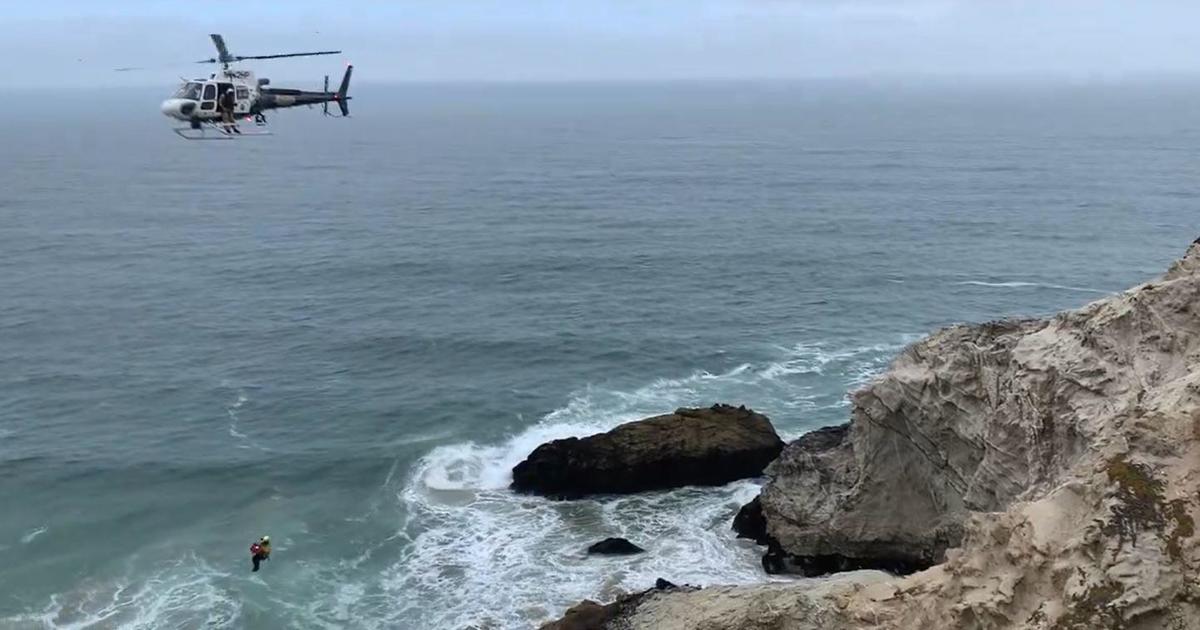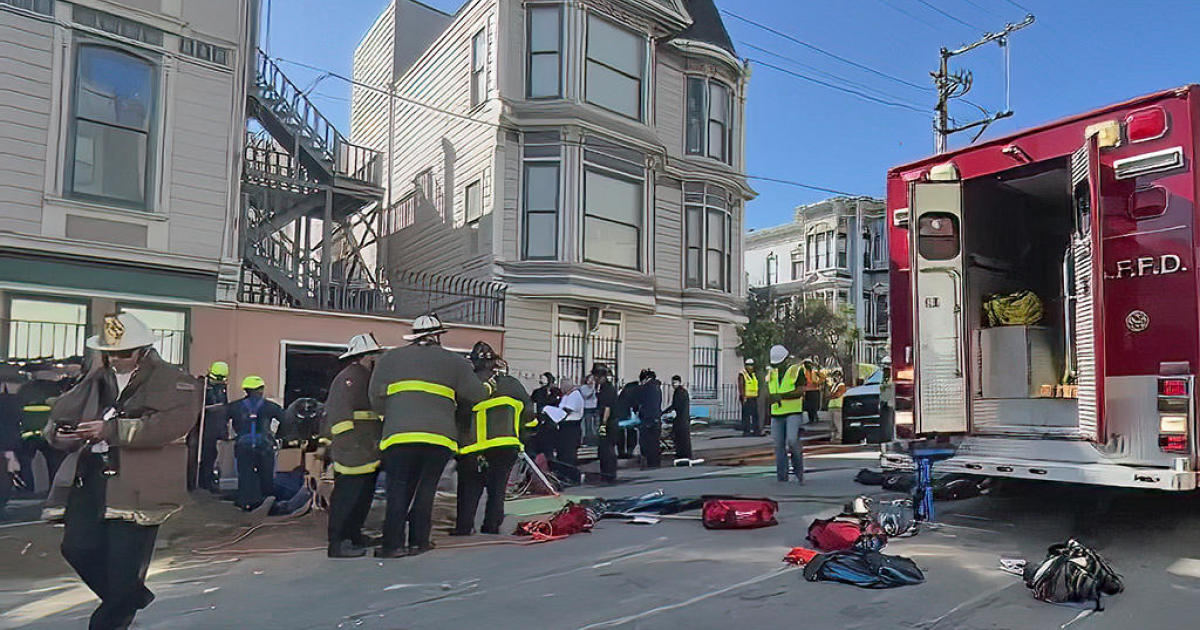ConsumerWatch: Smaller Limousines Subject To Little Safety Oversight
SAN MATEO (KPIX 5) - Saturday's deadly limousine fire on the San Mateo Bridge highlights a gap in oversight of smaller commercial vehicles.
The vehicle involved in the fire Saturday that killed five women on a bachelorette party is listed as a public charter vehicle and is not regulated by the California Highway Patrol, but rather by the California Public Utilities Commission. The CHP that physically inspects limos for safety, but vehicle code only requires it inspect limos with 10 passengers or more.
In a press conference, the CHP asserted that, due to the car's size, the CPUC was responsible for this specific limo, but that the CPUC's only responsibility is to issue a license.
While there were 9 passengers Saturday night, this 14 year-old in 8-seater was not required to undergo any inspection.
"Once you reach a 10 passenger limit, your entire company comes under the scrutiny of CHP," said Bill Wheeler, president of a Bay Area-based limo company. "Smaller companies run smaller vehicles, so they've don't have to be put under that scrutiny."
While the company involved, Limo Stop, said it has larger limos on its website, the PUC has confirmed it only ran 8-seaters.
"Companies that run small equipment really have no regulation," said Wheeler.
Joan Claybrook, the top federal auto-safety regulator under President Jimmy Carter, said the stretch limousine industry is poorly regulated because the main agency that oversees car safety doesn't have enough money to prioritize investigating the small businesses that modify limos after they leave the assembly line.
"I think the oversight is pretty lousy, because the modifications are so individualistic, and there are not that many companies out there that do this. Mostly, they are mom-and-pop operations," said Claybrook, a former administrator at the National Highway Traffic Safety Administration who previously led consumer group Public Citizen. Instead, the agency tends to focus more on problems with new cars and major recalls.
U.S. Department of Transportation data shows five people died in three separate stretch limo accidents in 2010, and 21 people died in another three stretch limo accidents in 2011.
Stretch limos are typically built in two ways.
In the first process, one car maker builds the limousine's body, then another company customizes or stretches the vehicle. The second company has to issue a certification that the car meets National Highway Traffic Safety Administration safety standards for new vehicles, and that all safety equipment is working as required before it can be sold to the public, said Henry Jasny, an attorney with the Washington-based nonprofit Advocates for Highway and Auto Safety.
In the second process, a customer buys the limousine directly from the car maker, then takes it to be customized. But modifying the car after it has been sold is considered a retrofit, so is not something NHTSA would regulate, Jasny said.
Many older models such as the 1999 Lincoln Town Car that caught fire Saturday were modified after they left the factory, said Jerry Jacobs, who owns a boutique limousine company in in San Rafael with a fleet that includes two stretch limos.
"There is nothing wrong with having these older models on the road. Many have low mileage and immaculate interiors because we take care of them. But when these cars start getting older and the rubber boots wear out, they start running hot," Jacobs said. "The key is you have to keep doing all the right maintenance to make sure they're running smoothly."
(Copyright 2013 by CBS San Francisco. All Rights Reserved. This material may not be published, broadcast, rewritten, or redistributed.)



